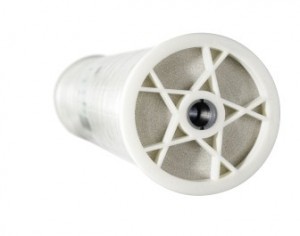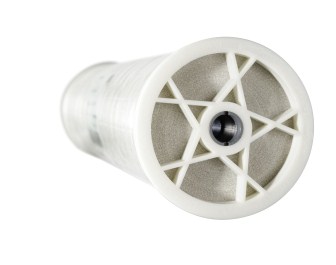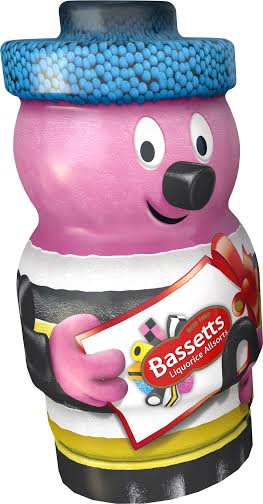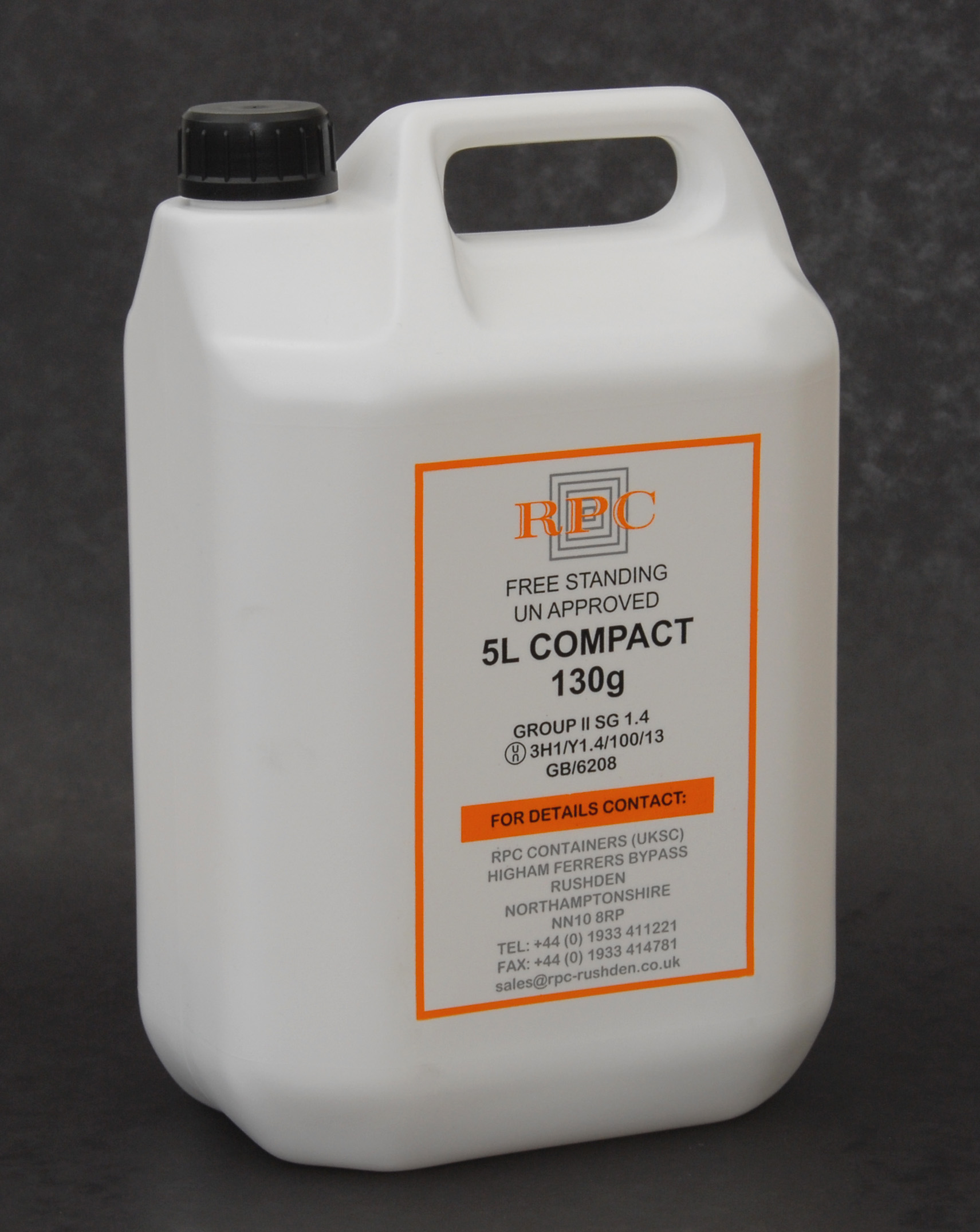
Specialty chemicals company Lanxess is offering three new types of Lewabrane membrane separation elements for reverse osmosis. The new products are available now, with a surface area of 37.2, 34.4, and 8.4sqm respectively. Lewabrane RO B400 FR and Lewabrane RO B370 FR have a diameter of 201mm, while Lewabrane RO B090 FR 4040 has a diameter of 101mm. All Lewabrane products comprise a polyamide composite membrane, wound in several layers to form a spiral wound element.
“Our membrane separation elements are characterized by a high degree of polymerization and a low surface charge, which in itself reduces the accumulation of dissolved solids at the membrane surface,” says Alan Sharpe, Head of the RO Membrane Strategic Project at Lanxess’ Ion Exchange Resins business unit. Furthermore, a special feed spacer has been incorporated in the newly developed FR types, according to Mr Sharpe. “The new membrane elements were designed to generate greater turbulence in the feedwater channel, meaning that less solids accumulate on the membrane surface.”
In membrane separation, fouling describes the process by which dissolved solids (colloids) form deposits on the membrane surface, leading to a reduction in separation capacity. The new FR elements from LANXESS reduce this kind of fouling, thereby extending maintenance intervals and increasing output capacity. The Ion Exchange Resins business unit has expanded its design tool for industrial water treatment, Lanxess notes. Using LewaPlus, complete systems can now be designed, for example, employing different separation processes.
Dr Jens Lipnizki, Membrane Applications Manager at ION, explains, “Until now, LewaPlus was only capable of engineering reverse osmosis and ion exchange systems separately. With the expanded version, a reverse osmosis process can now be engineered with a downstream ion exchanger and, if necessary, even with an intermediate degasification system.” This is a typical application for water treatment in power plants.
The company says LewaPlus is the only software application that can design an entire reverse osmosis process with downstream ion exchange, and the only one that can integrate in its calculations post-treatment involving a degasification system or chemical addition.
Some industrial applications require the addition of salts to reduce the corrosive properties of the water or to adjust the pH. “Ultrapure water, for example, literally extracts ions from the metal surfaces in a water pipeline, which leads to oxidation and visible damage in the form of corrosion,” explains Mr Lipnizki.
The LewaPlus design software is a comprehensive tool for engineering systems that use Lewatit ion exchange resins (IX) and Lewabrane membrane elements for reverse osmosis (RO). The application calculates RO system configurations and their output, including feed pressure and permeate quality.
Source:http://www.adsalecprj.com/Publicity/MarketNews/lang-eng/article-67002581/Article.aspx








